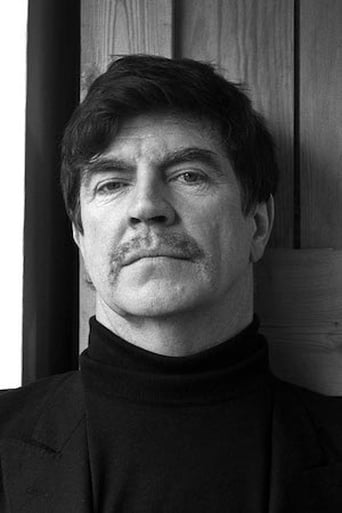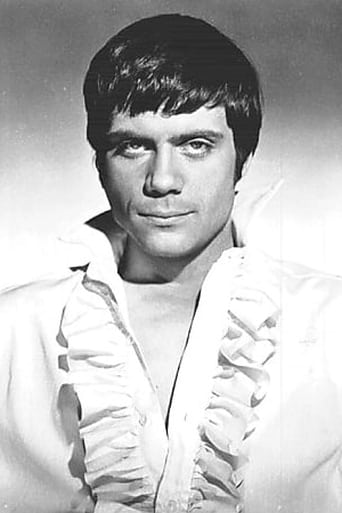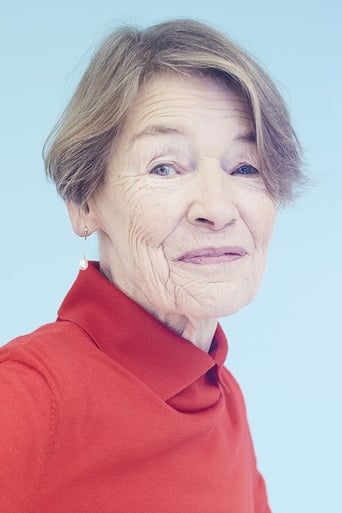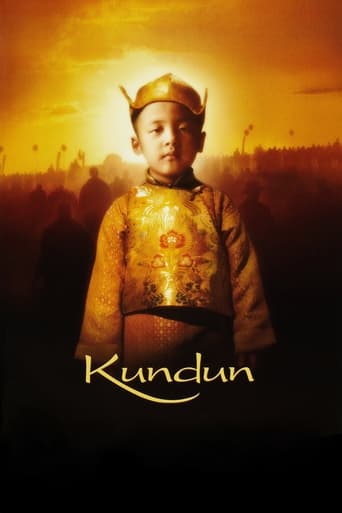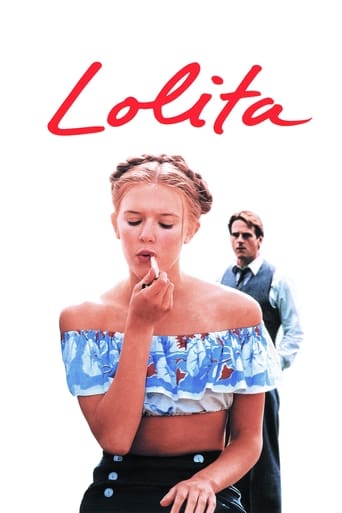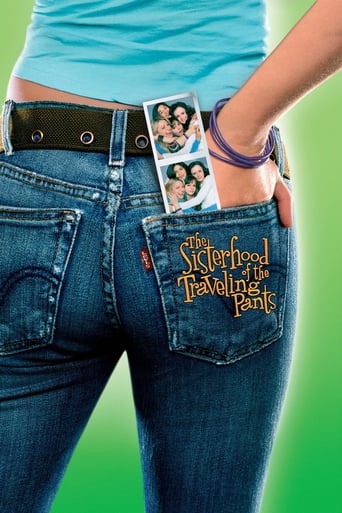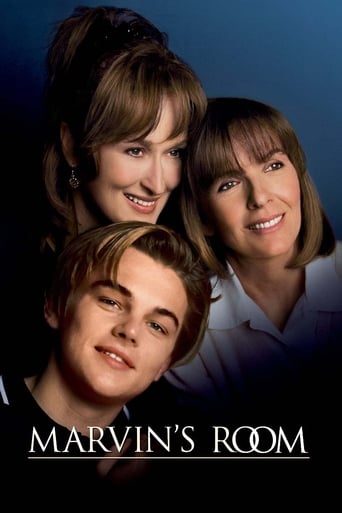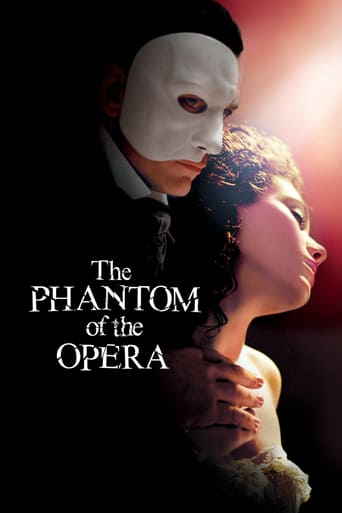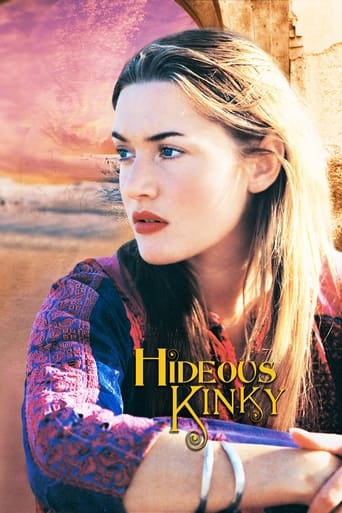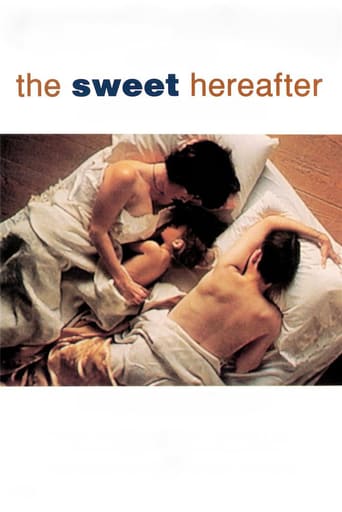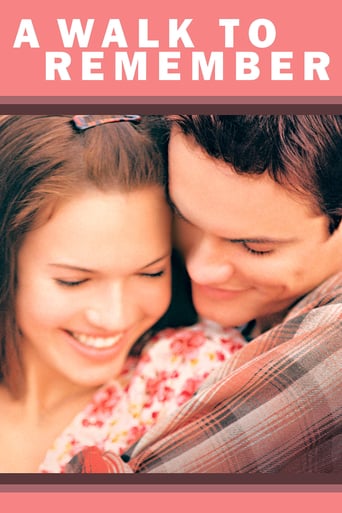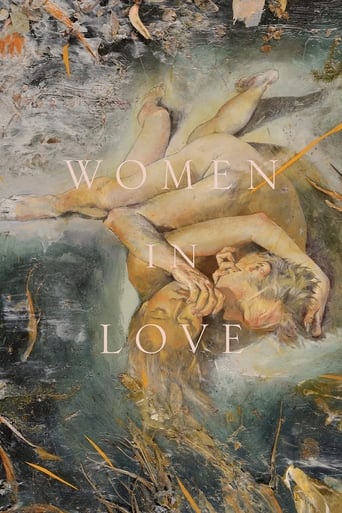
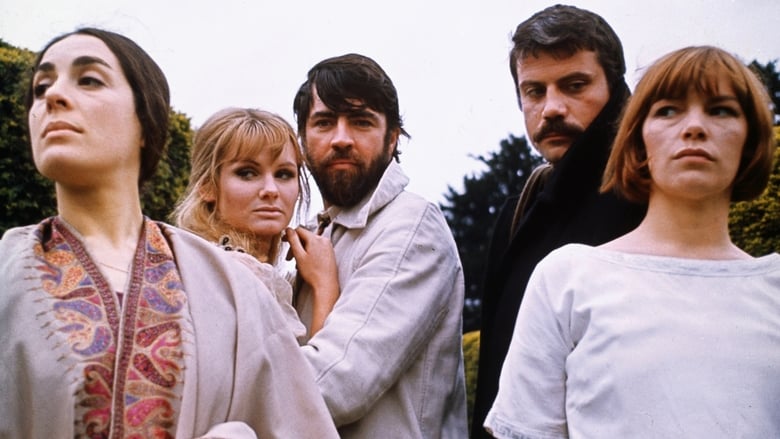
Women in Love (1970)
Growing up in the sheltered confines of a 1920's English coal-mining community, free-spirited sisters Gudrun and Ursula explore erotic love with a wealthy playboy and a philosophical educator, with cataclysmic results for all four.
Watch Trailer
Cast


Similar titles
Reviews
After the production code ended and before political correctness started there was an era of almost complete cinematic freedom. This film is of that time. Glenda Jackson and Jennie Linden play Gudrun and Ursula, a pair of sisters in 1920s England with unconventional views on love. One day while rubbernecking at a wedding, the see the brother of the bride (Oliver Reed) and his best friend (Alan Bates) and after another meeting or two begin torrid relationships. The two couples fornicate their way through life, spouting philosophical nonsense, until another man shows up on a ski trip in Switzerland. I think the scene that summed it all up for me was when Gudrun and Ursula wandered off at a garden party. Ursula is singing, and a herd of cattle show up, frightening her. Gudrun confronts that cattle -- with interpretive dance. The cattle, suitably baffled, wander off, realizing that the film already has enough BS and doesn't need theirs.. Oh, and the couple that got married at the beginning drown themselves at the garden party to get out of this turkey. Jackson won an Oscar in a weak year for actresses. I can't blame her; she does the best she can with the leaden material. I give this one a 5/10 for cinematography and for the historical value of being what passed for sexual shock value in 1969.
I've always been attracted to this movie. It came out where young people were exploring more freedom in sexuality and sexual expression. A particularly memorable scene involves Alan Bates describing the correct way to eat a fig. There is never been a more sensual description of a vagina in bloom than Bate's fig description, at least on film. Ken Russell does a wonderful job in bringing this D.H. Lawrence to life. The movie beautifully, and repeatedly, contrasts the sensuality to life with the brutality of the industrial revolution in England immediately after WWI when two sisters, Gudrun Brangwen (Glenda Jackson) and Ursula Brangwen (Jennie Linden) find two very different types of men (Alan Bates and Oliver Reed) to love. Conventionality also clashes with idealism in this movie too. This is made clear when the two couples decide to vacation in Zermatt. For me, one of the most memorable visual shots of the movie occurs when the two couples first arrive in Zermatt, and Glenda Jackson holds her arms in the air to greet the Matterhorn (Mont Cervin) as if her arms were the labia of a vagina, opening widely to fully embrace an erect penis. In this shot, this is nature representing the joy of human sensuality.
This is one of those movies that under normal circumstances I would have quit watching after about twenty minutes. But since it was based on a novel by D.H. Lawrence, I persuaded myself that it must be important somehow, and since I had not read the book, I thought maybe I could get myself a little culture on the cheap.Eleanor Bron as Hermione does her usually marvelous job of playing a woman you could not stand to be around even if she were rich, which she is. This is important, because the other characters in the movie are the sort you would not want to be around either, but compared to Hermione, they seem fairly tolerable.But not very. In addition to being an all-round unpleasant fellow, Gerald enjoys being cruel to his horse, whipping him furiously and digging his spurs deep into the animal's flesh, simply because the terrified creature refuses the cross the railroad tracks while a freight train speeds by. Gerald has a bisexual friend named Rupert with whom he wrestles, all naked and sweaty, but Gerald is not quite ready to put Rupert in that special hold Rupert longs for. Rupert does not do mean things like torment horses, but he does have some irritating personality traits, such as acting as if anything he does is justified because it is spontaneous.Central to the movie are two sisters, Gudrun and Ursula. They witness Gerald's mistreatment of his horse and seem horrified at the time, but they continue to socialize with him as if nothing is wrong, and so it is hard to like these women after that, especially Gudrun, who ends up having sex with him. Ursula takes up with Rupert, and she has the naïve idea that marriage should simply be based on the love between a man and a woman, and she never does quite understand why Rupert thinks it should involve other people as well, especially men.The four of them take a vacation to Switzerland, where Gudrun meets a German artist. The artist tells of how he brutally beat a woman to make her pose properly for the picture he was painting. Women are like horses in this movie: you have to beat them until they submit to your will, which is what turns Gudrun on, because she soon decides to go live with him. This makes Gerald homicidal, and then suicidal, wandering off into the snow so he will freeze to death. Rupert's thoughts upon looking at his dead friend was how Rupert had offered himself but never had a chance to have that special experience with him. Ursula still does not quite know what to make of Rupert's strange ideas.
Where to begin. Not with the story which is clearly by D.H Lawrence so it is about the adaption to screen by Ken Russell.You are either a THL fan of not. I had THL thrust down my throat at upper sixth form level English by a very zealous feminist teacher who sat in a mini-skirt on my desk, so my attitudes to DHL are somewhat confused but overall, I think he explored original ideas in society but was just a boring writer. We did Sons and Lovers for University Scholarship and would have been bored stupid had it not been for Miss P. and her staggeringly suggestive interpretation of the rose petal/river scene.I went to Woman in Love (the movie)only because I was going out with an English literature major and I was far more interested in her than the movie and was prepared to be indulgent. Wrong. With WIL, Russell turned my perceptions around. He sticks mostly to the original novel but manages to infuse it with originality and his own version of shock/horror. The naked wrestling scene for example. That was groundbreaking at the time. Alan Bates fig opening scene is just as controversial. All of the characters are flawed in their own way but the acting is superb, the scene setting wondrous, and the photography brilliant.I believe this movie could be re-released today, uncut, and be a bigger success than it was in 1970.Glenda Jackson got an Oscar for this but I thought Alan Bates and Oliver Reed were the better; I really enjoyed both of their portrayals which are quite exceptional. Jenny Linden of course, is just beautiful.The lady is long gone but I have a Directors Cut DVD in my library and I watched it recently on the anniversary of my first viewing of it (sounds stupid but I got a bit nostalgic). Hence this review.Like The Devils of Loudon, I do understand why we do not see this movie on popular television, because it requires a level of competency in literature and history, and an appreciation of acting capability and technical execution. There is no Pride and Prejudice here. Thank God I didn't have to study that dross at school. Even Miss P wouldn't have helped.Highly recommended.


